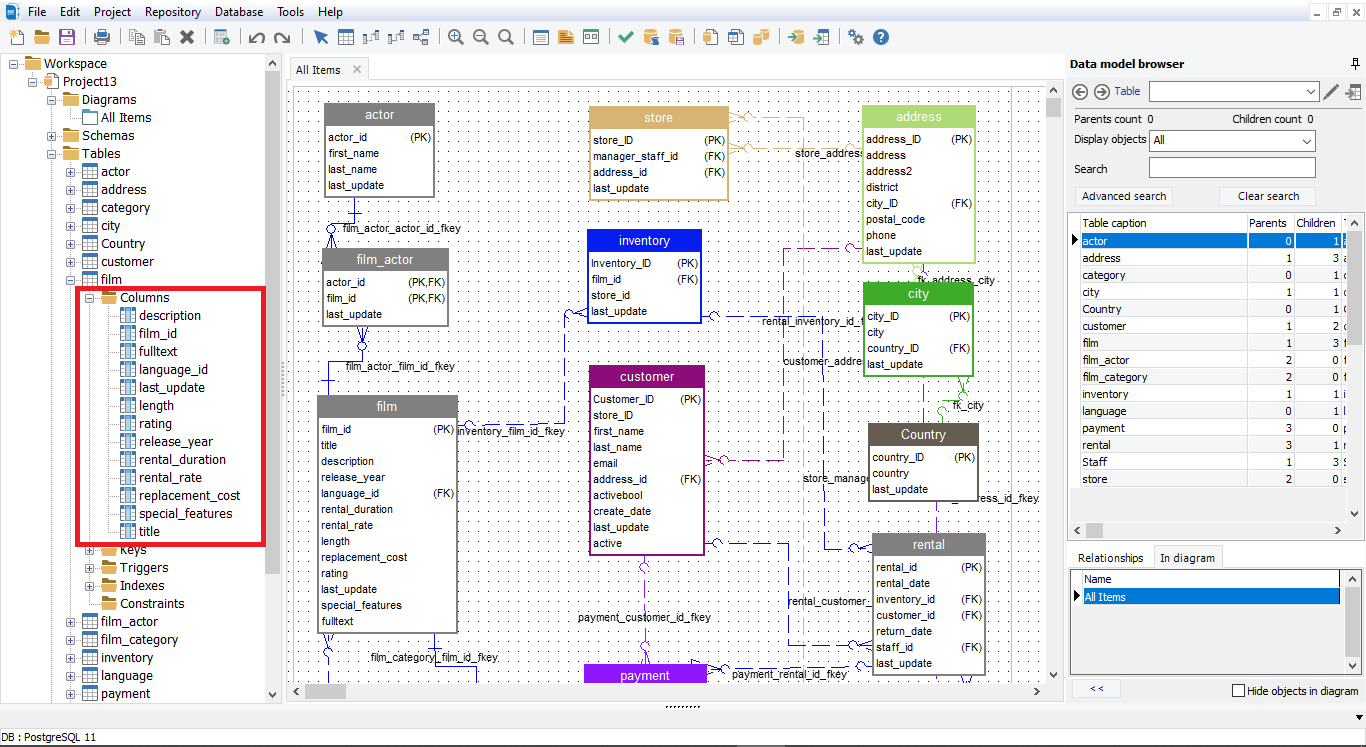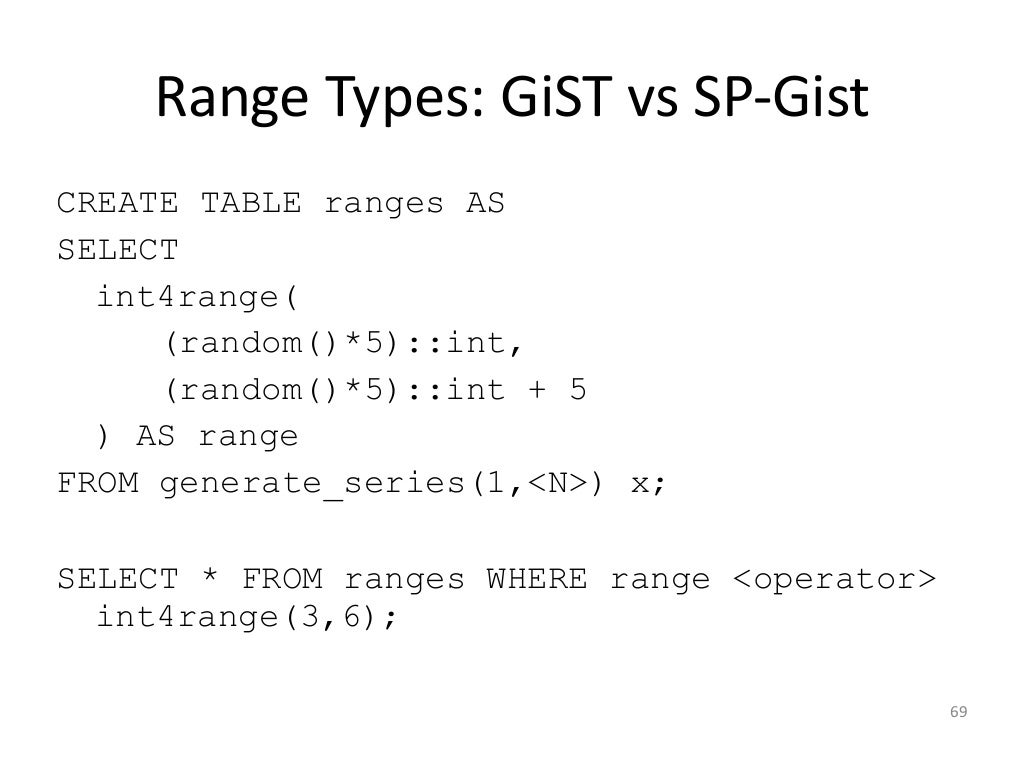
There are mainly eight geometric data types that PostgreSQL supports.

There are mainly one monetary data types that PostgreSQL supports. There are mainly one boolean data types that PostgreSQL supports. Here, size is equal to the number of characters to store. The following types (or spellings thereof) are specified by SQL: bigint, bit, bit varying, boolean, char, character varying, character, varchar, date, double precision, integer, interval, numeric, decimal, real, smallint, time (with or without time zone), timestamp (with or without time zone), xml. Here, size is equal to the number of characters to store. Database types are represented using Python classes, all of which ultimately extend from the base type class known as TypeEngine. The most commonly used integer types are: SMALLINT: This is a 2-byte signed integer, with a range of -32768 to +32767. NET property type can be mapped to several PostgreSQL data types a good example is a string, which will be mapped to text by default, but can also be mapped to jsonb. The Type Hierarchy SQLAlchemy provides abstractions for most common database data types, as well as several techniques for customization of datatypes.
#Postgres datatypes serial#
It is used for fixed-length strings with space padded on right to equal size characters. PostgreSQL provides several data types for storing numeric data, including but not limited to integers, floating-point numbers, decimals, and serial numbers. There are mainly five string data types that PostgreSQL supports. There are mainly five date and time data types that PostgreSQL supports. User Specified precision fixed point number.

Variable precision floating point number.ġ31072 before decimal 16383 after decimal There are mainly Nine numeric data types that PostgreSQL supports. PostgreSQL supports a lot of the standard data types of SQL which are divided into various categories.

This purpose is served by the various data types supported by the PostgreSQL database including integer data type, floating point data type, string data type, boolean data type, etc. The function pg_typeof() correctly shows the use of test_domain, but doesn't report the details of varchar(n) and numeric(p, s) columns.It is necessary to specify the type of data that can be stored and processed in a PostgreSQL database along with the specification of the type of operations that can be performed on that type of data. You might be able to get all that information by joining other information_schema views, or by querying the system tables directly. It also doesn't report the details of varchar(n) and numeric(p, s) columns. This query against an information_schema view does not show the use of test_domain at all. Using psql and \d public.test correctly shows the use of the data type test_domain, the length of varchar(n) columns, and the precision and scale of numeric(p, s) columns. (The OP might not need such precise information, but should know the limitations.) create domain test_domain as varchar(15) Of these answers, psql gives the most precise type information. These include integers, floating points, arbitrary precision, and a. Most of the alternative names listed in the Aliases column are the names used internally by PostgreSQL for historical reasons. PostgreSQL includes a good range of numeric data types suitable for different scenarios. Declaration of Array Types To illustrate the use of array types, we create this table: CREATE TABLE salemp ( name text, paybyquarter integer, schedule text ) As shown, an array data type is named by appending square brackets ( ) to the data type name of the array elements.

Table 8.1 shows all the built-in general-purpose data types. Users can add new types to PostgreSQL using the CREATE TYPE command. The information schema views and pg_typeof() return incomplete type information. PostgreSQL has a rich set of native data types available to users.


 0 kommentar(er)
0 kommentar(er)
